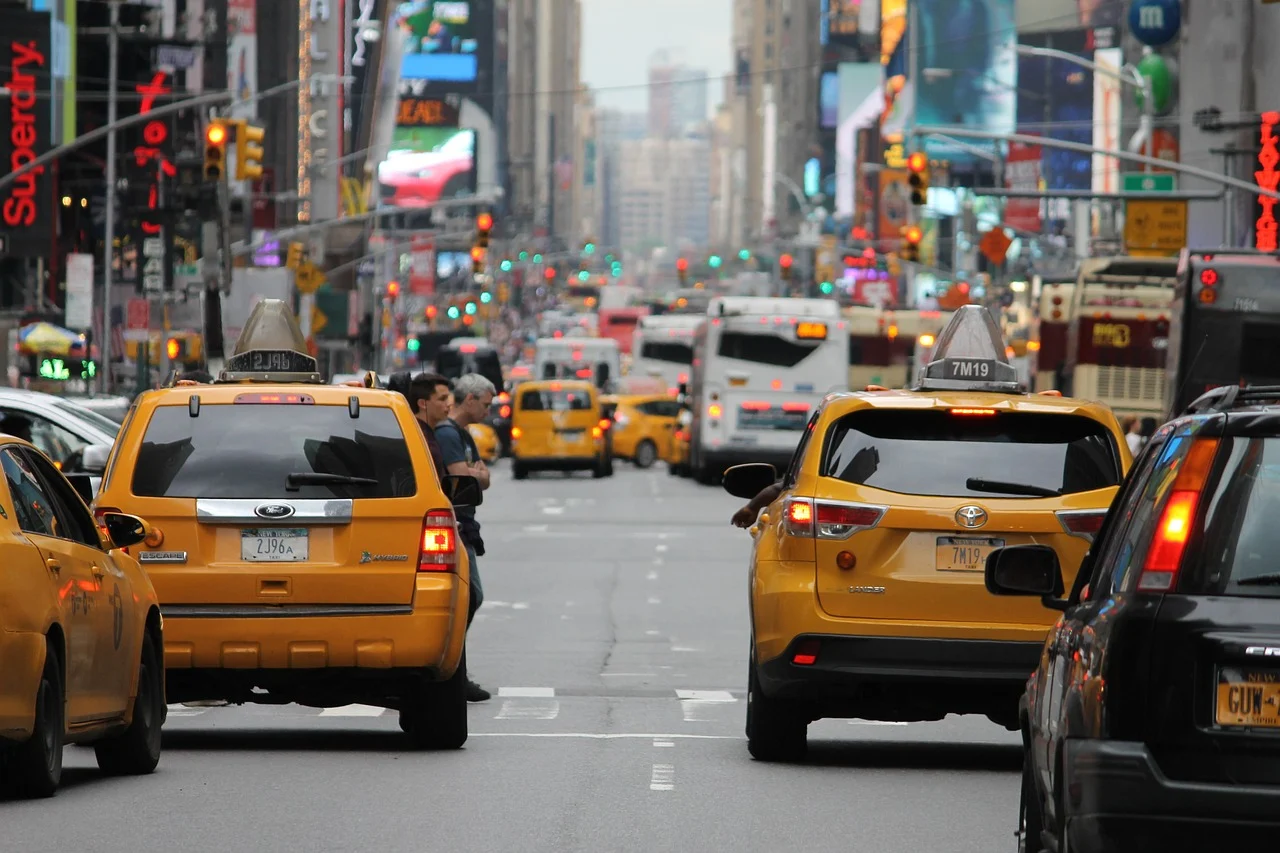AP Environmental Science ♻️
252 resourcesSee Units
Multiple Choice Practice for Atmospheric Pollution
Welcome to Unit 7 AP Environmental Science Multiple Choice Questions! Grab some paper and a pencil 📄 to record your answers as you go. You can see how you did on the Unit 7 Practice Questions Answers and Review sheet once you're done. Don't worry, we have tons of resources available if you get stumped 😕 on a question. And if solo study is not your thing, join a group in Hours!
Not ready to take a quiz yet? Start studying unit 7 Here: Intro to Unit 7

Image from Pixabay
Cities have much higher concentrations of cars resulting in more photosynthetic smog. Especially cities in warm climates.
Facts about the test: The AP Environmental Science exam has 80 multiple choice questions and you will be given 1 hour 30 minutes to complete the section. That means it should take you around 17 minutes to complete 15 questions.
*The following questions were not written by CollegeBoard and although they cover information outlined in the AP Environmental Science Course and Exam Description the formatting on the exam may be different.
1. Which of the following is a secondary pollutant that is a major contributing factor of photochemical smog?
A. O3
B. NO2
C. CO2
D. SO2
2. ___ form as a result of a chemical reaction occurring in the atmosphere.
A. Primary air pollutants
B. Secondary air pollutants
C. Point source air pollutants
D. Diffuse source air pollutants
3. ___ occur(s) when a layer of warm traps a layer of cold air.
A. Heat island effect
B. Acid deposition
C. Rain shadow
D. Thermal inversions
4. Building materials often contribute all of the following indoor air pollutants except,
A. VOCs
B. Lead
C. Ozone
D. Particulates
5. The primary anthropogenic contributor to acid deposition is
A. Internal combustion engines
B. Coal burning power plants
C. Volcanic eruptions
D. Decomposition of organic matter
6. Which of the following is not a likely consequence of acid deposition?
A. Buildings and sculptures made of limestone will dissolve.
B. Aquatic organisms will perish as acid collects in pools of water.
C. Coming in contact with rainfall will cause burns to skin.
D. Plants will not be able to tolerate drops in soil pH.
7. Scientist took samples of rainfall in 4 locations. Identify the sample with the most acidic rain.
A. Sample 1: pH 4
B. Sample 1: pH 6
C. Sample 1: pH 9
D. Sample 1: pH 11
8. This type of pollution is most likely to harm animals who rely on echolocation
A. Primary air pollutants
B. Secondary air pollutants
C. Noise pollution
D. Tropospheric ozone
9. Which of the following set greenhouse gas emission standards?
A. Clean Air Act
B. Lacey Act
C. Montreal Protocol
D. Kyoto Protocol
10. Which of the following set regulations to reduce CFCs?
A. Clean Air Act
B. Lacey Act
C. Montreal Protocol
D. Kyoto Protocol
11. This device prevents gas fumes from entering the atmosphere.
A. CAFE standards
B. Scrubbers
C. Catalytic Converter
D. Vapor recovery nozzle
12. The Clean Air Act did which of the following?
A. Set emission standards for cars and limits the release of pollutants.
B. Sets greenhouse gas emissions reduction standards.
C. Phased out the use of CFCs.
D. Set max contamination levels for drinking water.
13. A catalytic converter is used to
A. Prevent pollutants for exiting while fueling an engine.
B. Reduce the total amount of fuel it takes to drive a car.
C. Prevent pollutants from exiting internal combustion engines.
D. Reduce the amount of fuel that is lost from a leaking engine.
14. Which of the following conditions would create higher levels of smog in a city?
A. A lot of factories and low temperatures.
B. A lot of factories and high temperatures.
C. A lot of cars and low temperatures.
D. A lot of cars and high temperatures.
15. Wind farms, sonar, construction, and cars are all sources of
A. Tropospheric ozone
B. Noise pollution
C. Primary air pollutants
D. Secondary air pollutants
Browse Study Guides By Unit
🏜Unit 1 – The Living World: Ecosystems
🐠Unit 2 – The Living World: Biodiversity
👪Unit 3 – Populations
🌏Unit 4 – Earth Systems & Resources
🏖Unit 5 – Land & Water Use
⚡️Unit 6 – Energy Resources & Consumption
💨Unit 7 – Atmospheric Pollution
♻️Unit 8 – Aquatic & Terrestrial Pollution
🔥Unit 9 – Global Change
🧐Multiple Choice Questions (MCQs)
✍️Free Response Questions (FRQs)
📆Big Reviews: Finals & Exam Prep

Fiveable
Resources
© 2023 Fiveable Inc. All rights reserved.